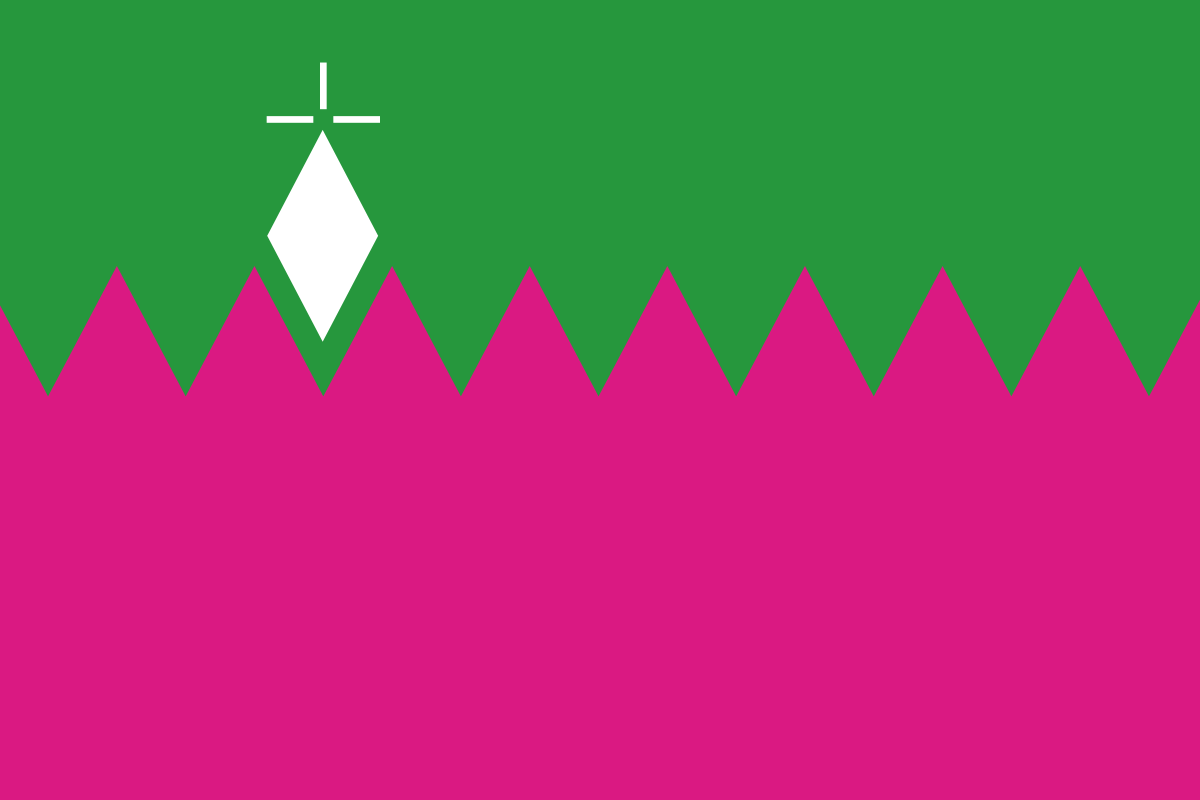Biskonti Gwikastell
Structure
While a Biskont of Gwikastell does exist, the position wields little power. Much of the administration is handled by an Abbey of the Faith located in the ar goat of the region, which passively maintains the few roads in the region. The Abbey oversees most of the strawberry production, the region's only export, making a variety of jams, cordials and spirits from the fruit. The Abbey collects, when it can, tolls along the Elorn River on behalf of the Biskont.
The Lordship of Kernevez, in the hands of House L'Audren;
The Lordship of Pen ar Hoat, in the hands of House Penancoet;
The Lordship of Kerahelan, at the hands of House Huon (who also owned the lordship of Kerliezec in Dirinon
The Lordship of Kerverny (or Kervern), in the hands of House Gouzabatz;
The Lordship of Kérérault (or Kererot), in the hands of House Kérérault;
The Lordship of Kernisi, in the hands of House Kerguern (who also owned the lordship of Kerguern in Dirinon
The Lordship of Fresq, in the hands of the House Kerret (whose eponymous lordship was on Saint-Martin-des-Champs
The Lordship of Le Rosier, in the hands of the family of the counts of Leon;
The Lordship of Le Scouidic, in the hands of another family of Leon;
The Lordship of Lesnon, in the hands of House Rodellec;
The Lordship of Rosseeur, in the hands of the House Roscerf;
The Lordship of the Cosquer, in the hands of House Testard;
The Lordship of Quilliou, in the hands of House Barbu;
Another Lordship of Quilliou, in the hands of House Guengat;
The Lordship of Lizourzinic in the hands of House Du Laouet.
Minor Nobles of Plougastel
Culture
Green and pink colours are favoured by the locals in the region.
In Gwikastell, the practice of group marriages, multiple parties getting married on the same day and place, is the norm, typically during mid to late Winterrule.
The Breuriez, a tradition linking the living and the dead, takes place in the region, gathering several villages together on and around Kalan-Goañv
A popular story tells of The Masked Woman. A young miller, returning from Brest, paid for the passage of a poor woman covered in rags to take the ferry to Gwikastell. Upon disembarking, the woman told the Miller: "I am the plague, and the plague must not be wet; I had to walk dry." Thank you. When I devastate Plougastel, I will stop at your door, but I won't enter your house." An outbreak of Yellow Plague followed, but the mill was spared. A Stone menhir, the Kroas-ar-Vossen ("The Cross of the Pest") commemorates the event.
Public Agenda
Gwikastell relies on the sheltered waterbody of the Rade de Brest for trade and defense. They tend to have stronger ties to both Kemper and the East, supporting several ducal castles and fortresses, including the impregnable Kastell-Brest. Ships and Windships often take shelter in the harbor, and the regions around it favour stable relations and the fostering of trade routes.
History
Gwikastell was originally part of Leon, but was captured by Budig II, becoming part of Kernev.
In 778 SI, King Salaun, having murdered his rival Erispoe I and claimed the throne, was assassinated here by Paskweten I and Gurvand I
Demography and Population
A result of its remoteness, cut off from easy overland travel by the Roadstead and Elorn river, the region is sparsely populated.
Migrating Tempestarii often land their Windships in the protected coves of the region to make repairs and resupply. Small semi-permanent settlements to support this network have grown in the region. The Jetins Kriores have taken to landing there to trade with the Tempestarii and others who land there.
A large settlement of Boléguéans is found at the mouth of the Elorn river.
Territories
Gwikastell is a tiny Sovereignty in Northern Kernev, located entirely on a peninsula between the Elorn River and the Rade de Brest. To the East, it shares its single land border with the Barony of Kernevodez, while the Leoned Lordship of Aginense sits to its North, across the Elorn River.
The coastline of Gwikastell is irregular, with numerous coves, capes and small islands breaking up its profile. The ar goat is fairly low and flat, made up of fields and small hills. It has four usable harbors.
Foreign Relations
Gwikastell has strong relations with its landbound neighbors, the Barony of Kernevodez and Lordship of Aginense, as well as with Rouzig and Crozon. The regions surrounding the Rade de Brest all have similar goals on the geopolitical stage, and often coordinate their efforts.
Agriculture & Industry
The region is famed for its strawberries, a hearty, sweet variety that grows exceptionally well in the region. Attempts elsewhere to grow Gwikastell strawberries, which continue to flourish even in Winterrule, have consistently failed, even under controlled conditions. The region also grows field melons, raspberries, roses, daffodils, violets and rosemary. Orchards with apple, cherry and plum trees grow to the shoreline.
Several small shipyards, specializing in the construction of Gabare and longboats, exist in the numerous coves along the Rade de Brest.
Trade & Transport
Despite its sheltered place on the Roadstead, accessing the isolated peninsula is difficult. To the East, Kernevodez host the steep mountains of the Meneziou Are, Gwikastell's only landward crossing. The Elorn River must be crossed upriver over a bridge at Landern, as high winds and dramatic tidal shifts make fording it or crossing by ferry dangerous and unreliable. Despite this, regular ferry service on small craft is offered, especially during The Pardons.
The Abbey organizes the rental of horses and Gwikastell boats, small sailcraft that only service between the Peninsula and the harbor of Brest. These are most common during pardons and market days.

Type
Geopolitical, Viscounty
Gazetteer
Major Exports
Strawberries
Parent Organization
Location
Neighboring Nations
Related Species



Comments